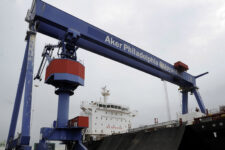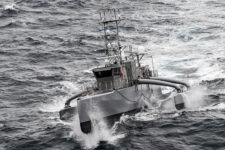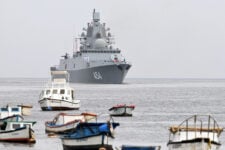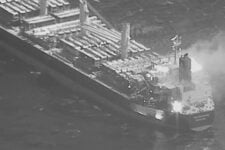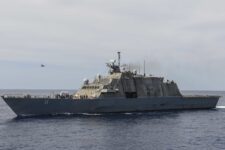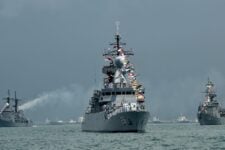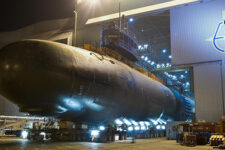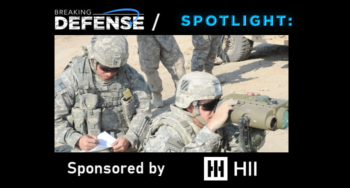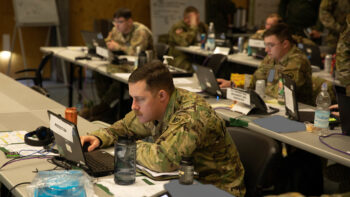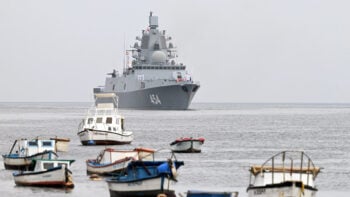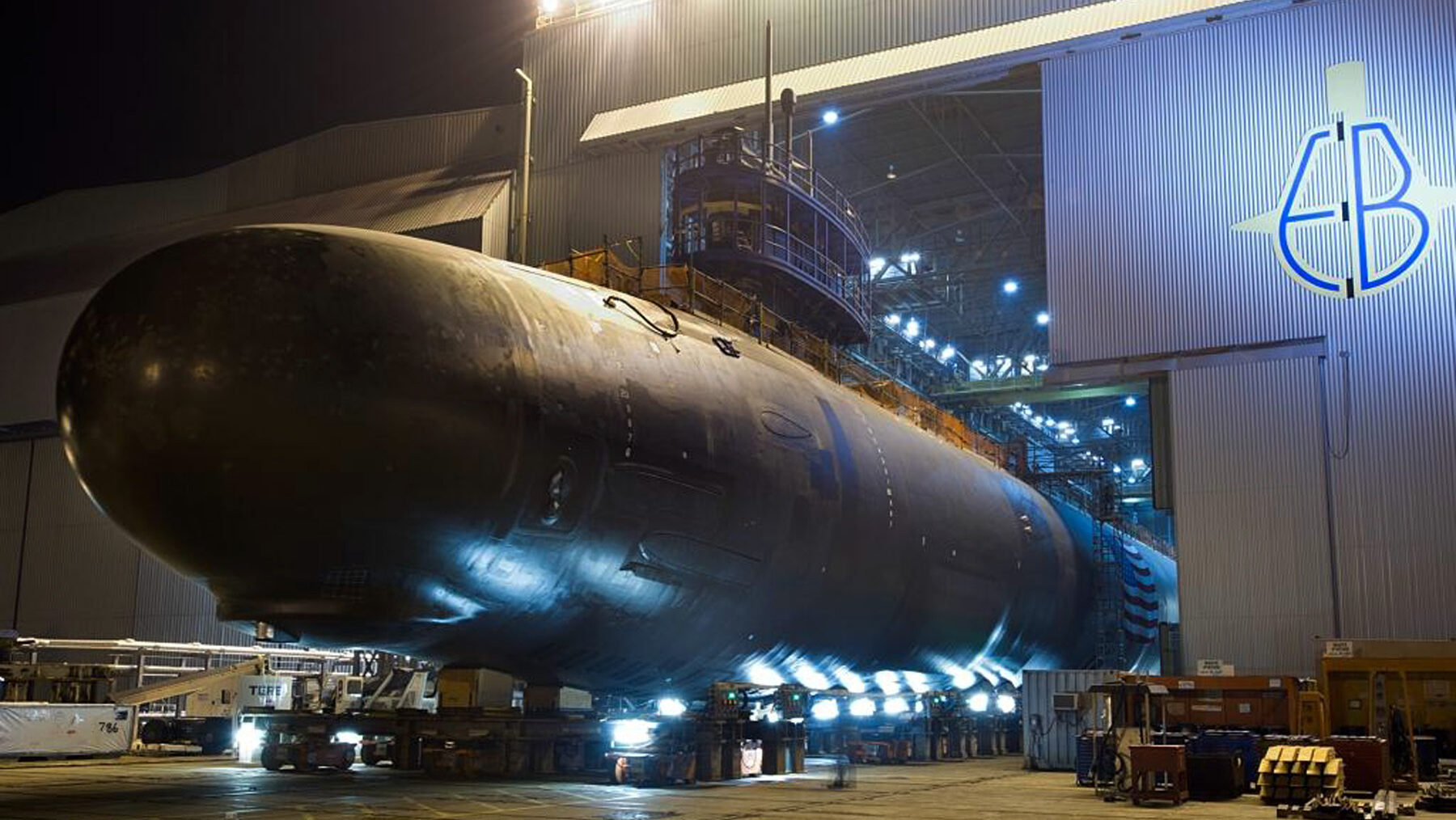
The Virginia-class attack submarine Pre-Commissioning Unit (PCU) North Dakota (SSN 784) is rolled out of an indoor shipyard facility at General Dynamics Electric Boat in Groton, Conn. (U.S. Navy photo courtesy of General Dynamics/Released)
PALM BEACH GARDENS, Fla. — The US Navy has launched its third annual initiative aimed at recruiting thousands of workers from across the country into the submarine industrial base workforce, amid concerns that labor shortages could impede both the service’s programs of record and the AUKUS trilateral security pact.
“In launching the next pipeline, a series of workforce trade skill events were held in key maritime centers of gravity including Philadelphia, PA, Hampton Roads, VA, Pittsburgh, PA, Boston, MA, and Long Island, NY,” the service said in a Nov. 17 statement of its “Talent Pipeline Program.”
“Pipeline program participants gathered at orientation events to hear from senior leaders about the Navy’s generational journey to recapitalize its sea-based strategic deterrence, including the need to hire 100,000 new skilled trade workers into the submarine industrial base over the next 10 years,” the statement continued.
The announcement came several weeks after Navy officials in Washington earlier this month sounded the alarm about the current shortages in the workforce and the increased demand the service facing down later in this decade.
Workforce management is a pervasive concern in the shipbuilding industrial base, particularly in the aftermath of the coronavirus pandemic. Service leadership recently testified to lawmakers that the Navy’s stated goals — producing two Virginia-class and one Columbia-class submarine annually as well as meeting the demands of the AUKUS security pact involving the United States, United Kingdom and Australia — represent an increased “‘workload equivalent’ factor of five by 2028.”
RELATED: US Navy Sub Boss Reveals New Details On AUKUS Virginia Class Sub Sales To Australia
Matt Sermon, executive director of the Program Executive Office for Strategic Submarines, told reporters earlier this month the service had invested at least $200 million into a partnership with BlueForge Alliance, a Texas-based non-profit company, to assist with cultivating the industrial base, to include building the workforce.
“Our ability to get the key technical trades, the engineering, the project management and leadership workforce to do one-plus-two-plus-sustainment plus partnership is challenged,” he said, referring to the Navy’s shipbuilding and maintenance cadence. “That’s why you heard in my discussion today as well as in my everyday actions, that the focus on connecting with the nation, attraction, recruiting, training, retention is our foundational item.”
The issue of workforce is not just an American problem; it’s becoming a focus for Australia, which is slated to receive three Virginia-class submarines in the 2030s as part of AUKUS. American shipbuilder HII and the British defense firm Babcock have joined forces with three Aussie universities to begin tackling that submarine workforce challenges in the Lucky Country as it prepares to build, operate and maintain SSN-AUKUS.
US needs to invest in cheaper long-range drones for Taiwan scenario, report says
“I don’t know if it’s going to be a fair fight,” said Stacie Pettyjohn, director of CNAS’s defense program and one of the authors of the report. “There are a lot of things that are stacked up against the United States when it’s playing an away game.”

